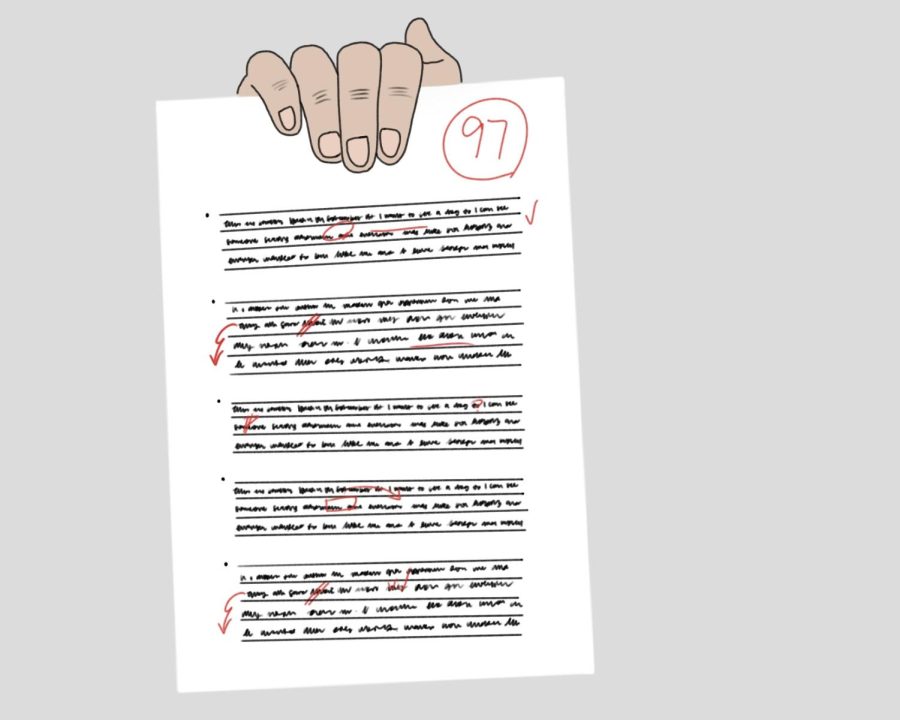Do students’ grades really depend on their teachers?
The importance of instructions and ways teachers can help students
Calibrating grades has always been a concern for SIS high school students and teachers, as many students think their grades are unfairly affected by the difference in teachers’ grading standards and expectations.
This is a recurring problem that seems to have no solution, with students often not having a clear understanding why some students scored better than others. Especially for subjects in which grading is subjective, students often wonder how their grade is determined. I decided to investigate how different subjects approach this issue.
“I would say for us to grade all of [the tests] together would be extremely time consuming, but to take two or three essays and make sure that we all have the same scores on these ones is what we typically do,” Megan Mannell, English 10 and AP Language and Composition teacher, said.
I found out that although teachers cannot come together to grade all students’ tests together, as that would take up too much time, they do come to a consensus on a standard to grade on by discussing sample tests. This method was not only used for liberal arts subjects, but STEM subjects also used a similar process for grading.
“After an exam, Mr. Weir and I sit down together to go over all the markings and make sure that points are deducted in the same way,” Hana Jeon, Geometry teacher, said. “We have specific student samples to look at, and we go over certain questions that are not clear in the marking, and we discuss how much credit should be given in such cases.”
So far, it seems like teachers are trying their best to create fair standards for students when grading their tests. So is there a different reason, perhaps, why students think their grades are being unfairly affected?
Some of the problems might be due to the tendency of students to skim over instructions in fear of not having enough time to finish the summative assessment. Many students simply assume that their summatives will be in the same format and structure as their formatives; however, this is often not the case. Since formatives are meant to prepare students for the summative, summatives might have different requirements than formatives, and it is up to students to make sure that they are following the instructions.
Still, even if students read instructions thoroughly and are clear on what they are supposed to do, it may be hard for them to remember some parts of it during the test. This is when teachers can help students perform the best they can.
Research has shown that when written and verbal instructions are both given, it will enhance students’ ability to remember and adhere to instructions. Hence, if teachers not only provide written instructions on the test itself, but also briefly explain the key points that students need to remember, students will be more likely to be aware of the instructions throughout the whole test.
Teachers could also provide checklists in the summatives for students to keep track of what they have already done and what more they need to do. This is a form of metacognitive monitoring, as students would be able to monitor their progress as they complete their assessment.
Also, more detailed rubrics are helpful for both teachers and students. If rubrics are too simple or vaguely worded, it is difficult for students to understand what exactly their writing needs to contain, and it is difficult for teachers to come up with a common standard for grading.
In order for students to learn as best as they can in their classes and be successful, they should pay closer attention to instructions and improve self-monitoring skills. Teachers can support students through this process in various ways to ensure that they are getting the most out of their learning.

Sophie is a senior reporter for Tiger Times Online. She loves listening to music, hanging out with friends, and shopping at Hongdae. Feel free to strike...

